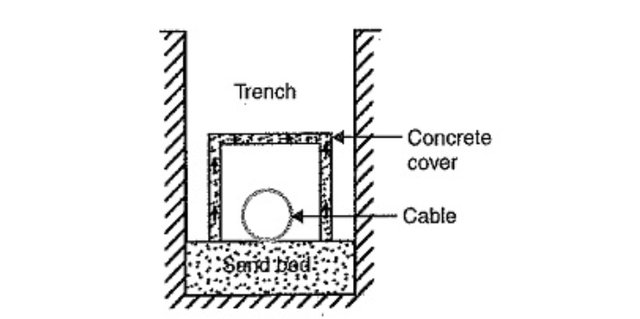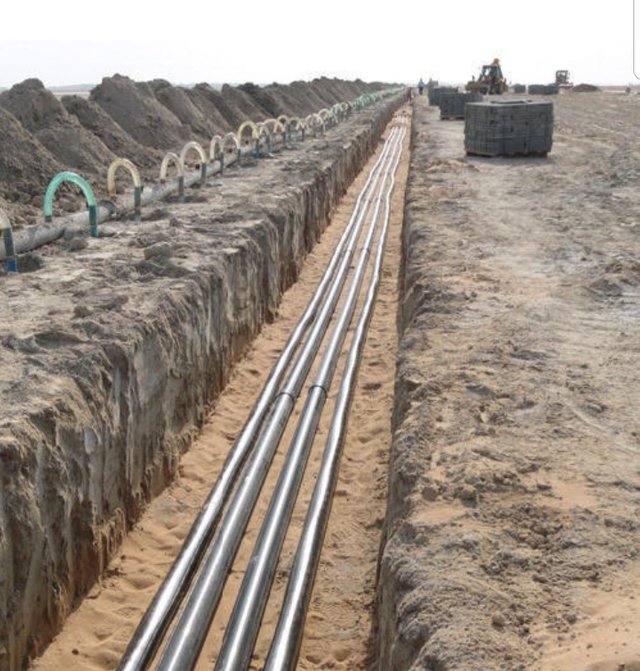Underground Transmission Line (Direct Laying Method)
We know that there are two main types of transmission lines.
- Underground
- Overhead
We often see overhead transmission lines. Especially when you go on a trip or look away from the village house, you can see that many big towers are located in the middle of the field and a lot of thick wires are attached to it. This is basically an overhead transmission line.
Lines that pass underground are called underground transmission lines. However, overhead transmission lines are being given more importance in Bangladesh at present.
Today I will share with you some general ideas about underground transmission lines. So let's get started …
There are three methods of laying underground cables:
- Direct laying
- Draw-in-system
- Solid system.
Today I will highlight the description of the installation directly.
Direct laying
Direct laying of cable method by digging the soil is called direct laying method. Depending on the diameter of the cable a cable trench is about 300-400 mm. (12 "-16"). Multiple groups of single core cores placed in multiple triple cable or triangular structures must be placed horizontally or vertically in the same trench at least 250 = 400 mm between two cables or groups. (10 "-16") There is a need to keep a distance.
The width and depth of the trench should be kept more accordingly. There is no scientific formula for the depth of the trench hole. The depth of the hole should be such that there is no damage to the cable or any pressure on the cable due to the vibration caused by the vehicle. Trench depth should be approximately 500 mm (20 ") for voltages up to 1100V, 900mm (3 ') for cables from 3.3 kV to 11kV, 1050mm (3½') for 33kV cables and 1200 mm (4 ') for 66kV, 132kV cables. There is a bend, the trench should be dug in such a way that the bend radius of the trench is greater than the estimated radius. It is better to do the test as well. Now you have to fill the trench by dropping the soil. Sometimes you have to put a marking plate on the ground near the cable path to mark the path where the cable is taken and where the cable is joined.
The cable should be laid through a G. I. pipe at the place where the overhead line will be connected to the cable. Pipes should be at least 3 m (10 ') high above the ground, starting at one meter above the ground. The mouth has to be filled by pouring compound in the pipe.
Advantages of direct cable laying method:
- This is a simple and inexpensive method.
- This method provides an excellent environment for heat dissipation in the cable.
- Since the cable is placed under the ground, it is a clean and safe method free from external debris.
Disadvantages of direct cable laying method:
- As the load increases, new trenches have to be dug to meet it, which costs more than the initial cost.
- Changing the cable network is not easy.
- Maintenance costs are too high.
- Cable faults are difficult to detect.


Nice to read your post .
Keep posting and stay with our community .
Thank you
Thank you brother
You have been upvoted by @tarpan A Country Representative, we are voting with the Steemit Community Curator @steemcurator07 account to support the newcomers coming into steemit.
Follow @steemitblog for the latest update. You can also check out this link which provides the name of the existing community according to specialized subject
There are also various contest is going on in steemit, You just have to enter in this link and then you will find all the contest link, I hope you will also get some interest,
For general information about what is happening on Steem follow @steemitblog.